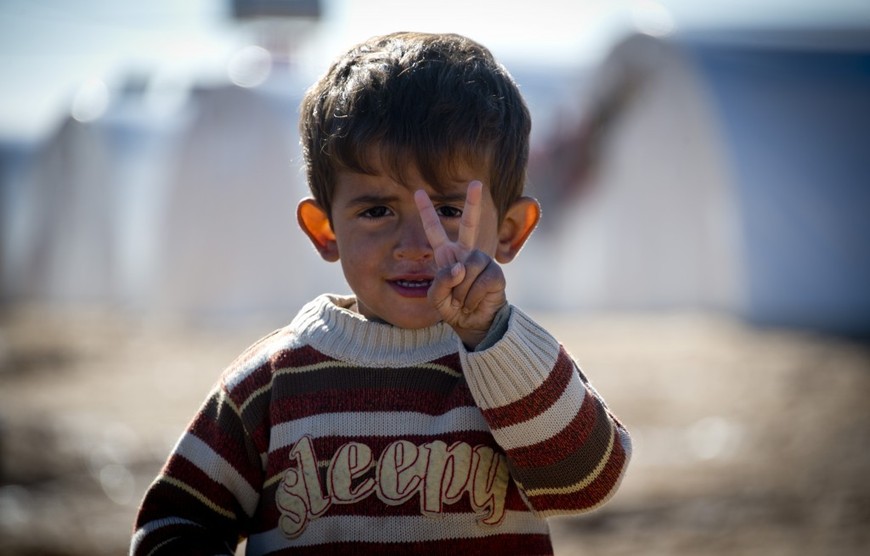While facts and figures are useful to understand the scale of the refugee problem, for most people it’s the personal angle that they best relate to. But this personal angle, and the sympathy and understanding that it promotes, is hard to come by, especially in young children.
Children’s literature that focuses on the refugee experience can provide just that. Books such as Refugee Boy by Benjamin Zephaniah and The Other Side of Truth by Beverley Naidoo focus on the individual’s story. They offer a voice to descriptions of suffering and resilience in the face of the huge challenges that fleeing for safety and seeking asylum bring
Click through to read more.
Source: www.theepochtimes.com



